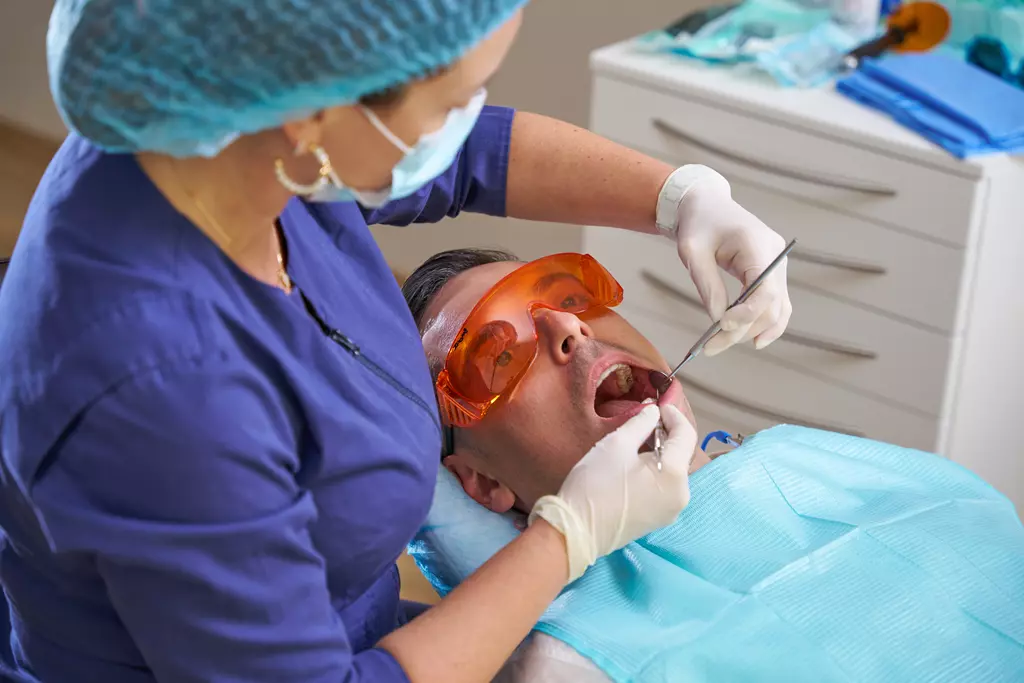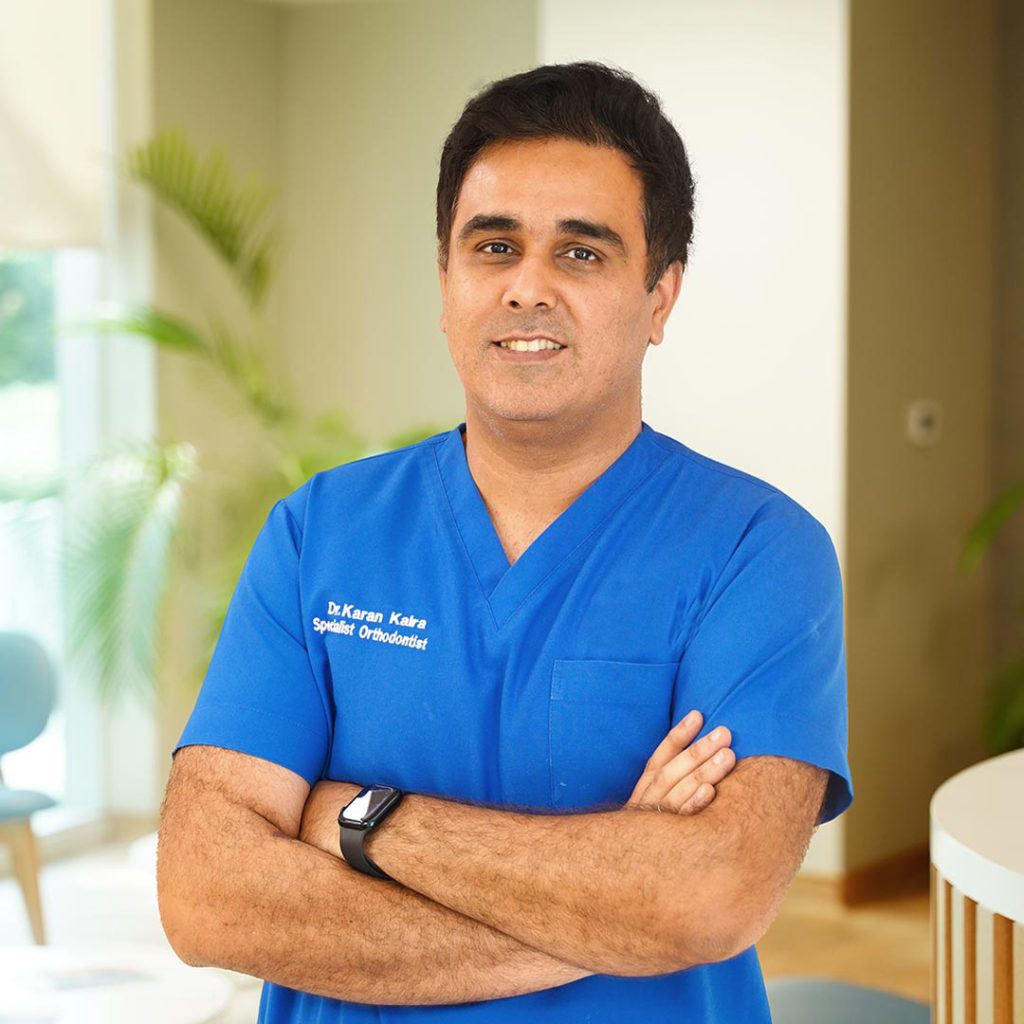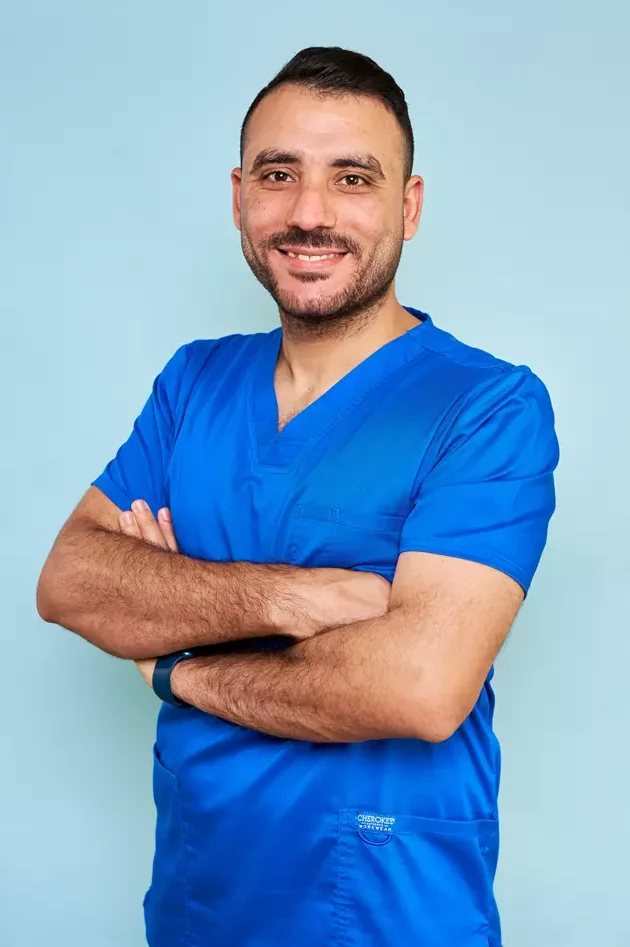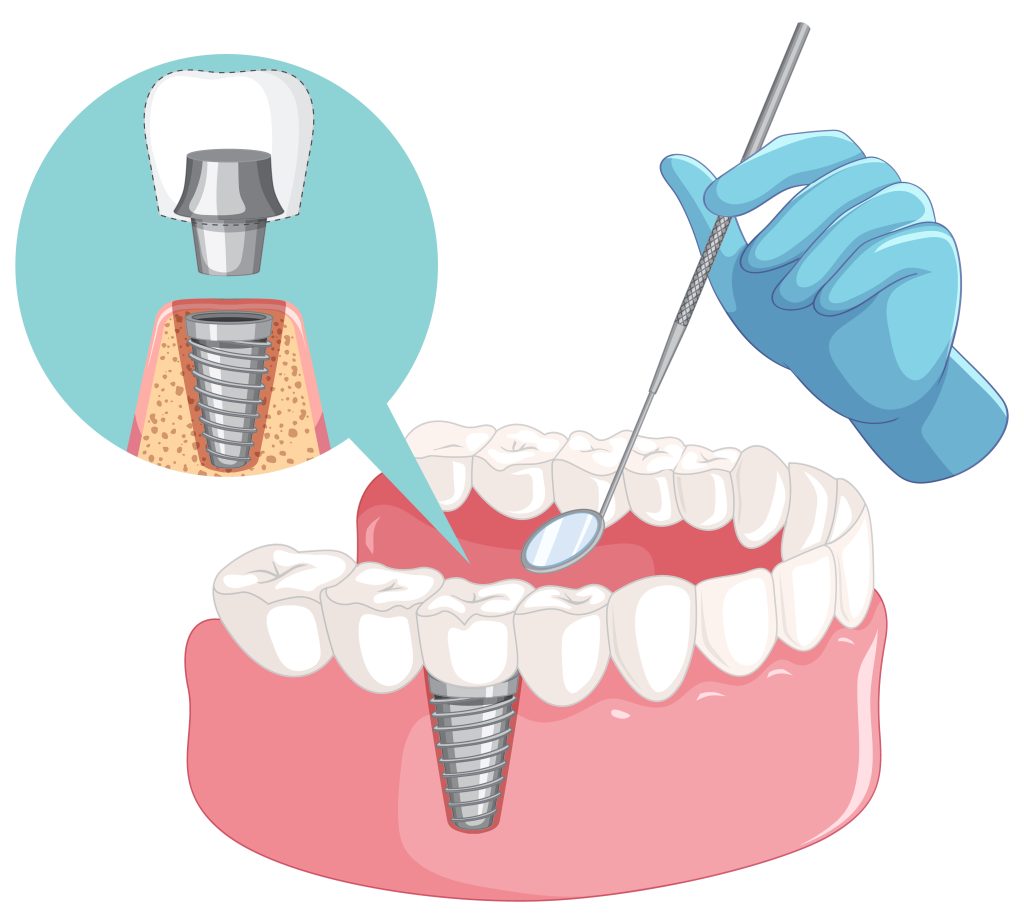Cavity Treatment Under a Microscope: Precision Dentistry for Optimal Results
How Does Microscope-Assisted Cavity Treatment Work?
- Enhanced Diagnosis – The microscope provides a magnified view of the tooth, allowing early detection of cavities and microfractures.
- Precise Decay Removal – The dentist removes decayed tissue with minimal impact on the surrounding healthy enamel.
- Minimally Invasive Preparation – A conservative approach ensures that only the affected portion of the tooth is treated.
- Better Bonding of Fillings – With improved visualization, the filling material is applied more accurately, leading to a stronger and longer-lasting restoration.
- Final Assessment – The microscope helps confirm that all decay is removed and the filling is properly sealed to prevent future issues.
Benefits of Microscope-Assisted Cavity Treatment
- Higher Accuracy – Dentists can see microscopic details that might be missed with the naked eye.
- Preservation of Healthy Tooth Structure – Reduces the need for extensive drilling.
- Better Aesthetic Results – Composite fillings are applied with greater precision, ensuring a seamless blend with natural teeth.
- Reduced Risk of Re-Treatment – More thorough removal of decay lowers the chances of future complications.
- Improved Patient Comfort – Less invasive techniques result in less discomfort and faster recovery.
When Is Microscope Dentistry Recommended?
- Early-stage cavities that require precise removal.
- Patients with small or hidden cavities that are difficult to detect.
- Cases where traditional methods may not offer sufficient visibility.
- For individuals who want a minimally invasive and long-lasting solution.
How Long Does Microscope-Assisted Cavity Treatment Take?
The procedure is similar in duration to conventional cavity treatment, typically lasting between 30 to 60 minutes per tooth, depending on the severity of the decay.
Conclusion
Cavity treatment under a microscope is an advanced and effective method for ensuring optimal dental health. With its high precision, minimally invasive approach, and superior results, this technique is becoming the gold standard in modern dentistry. If you’re looking for a more accurate and comfortable way to treat cavities, consult your dentist about microscope-assisted treatment today!
























